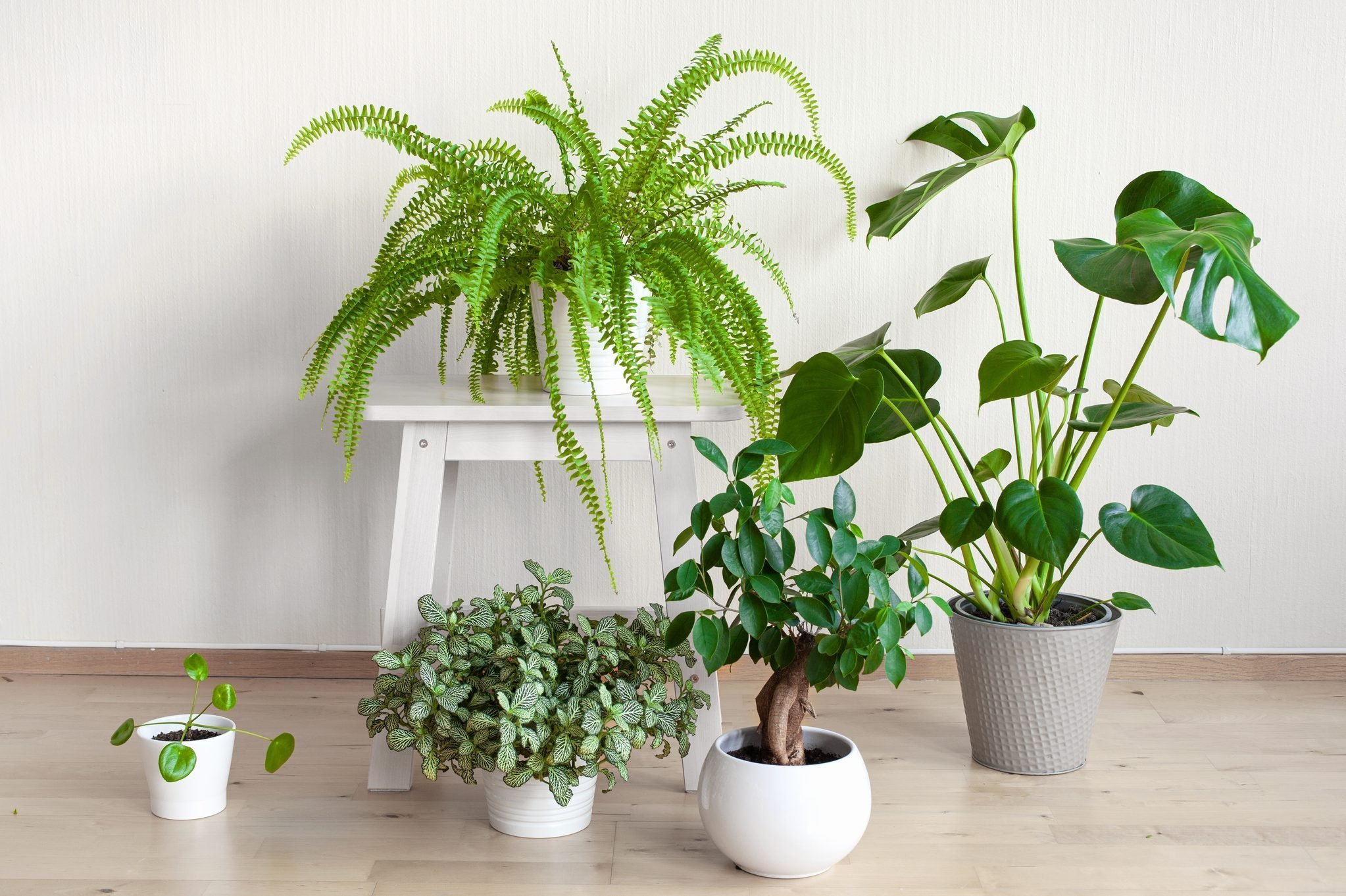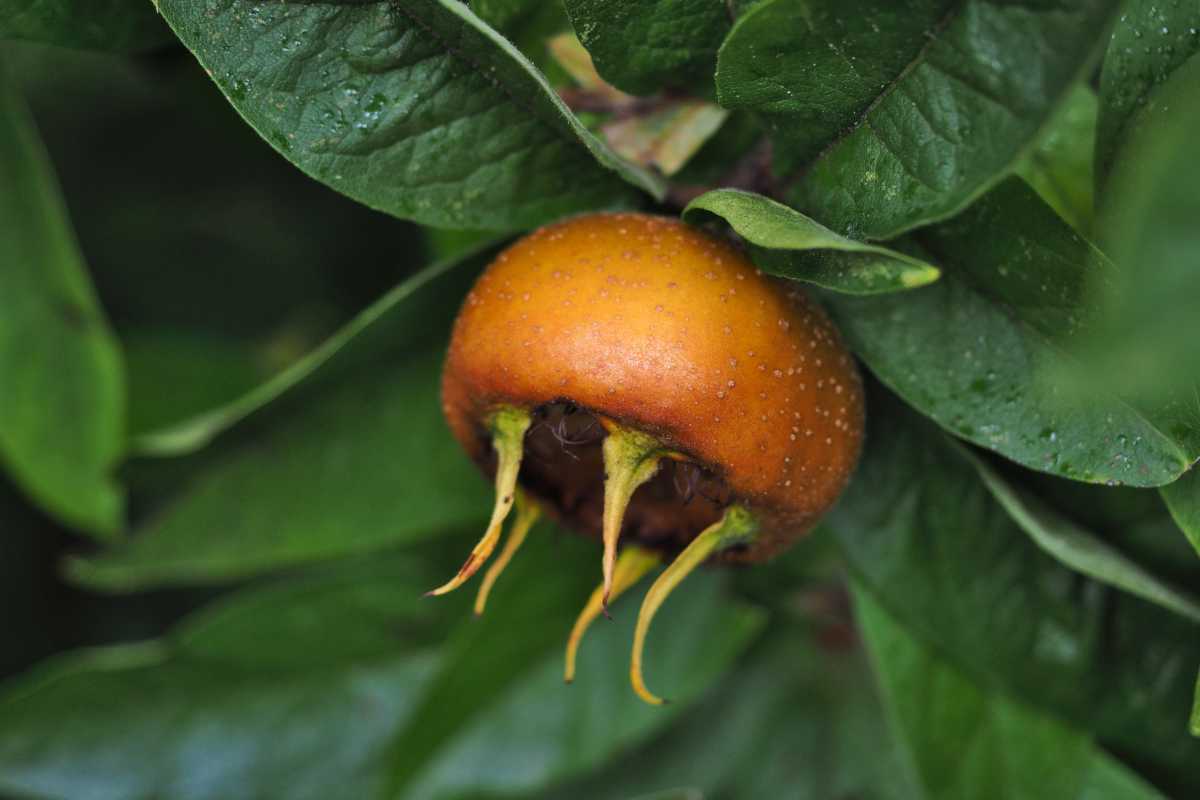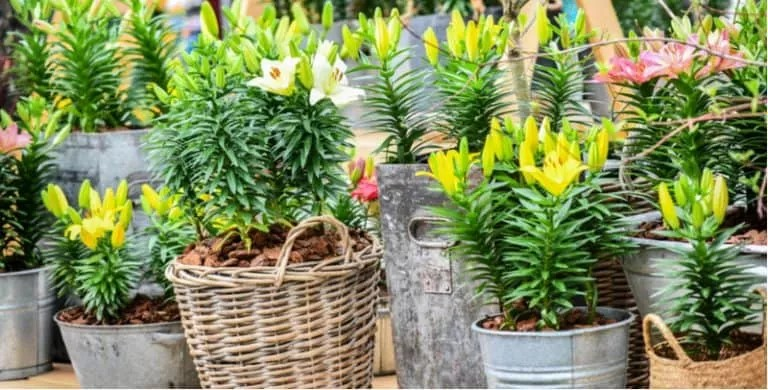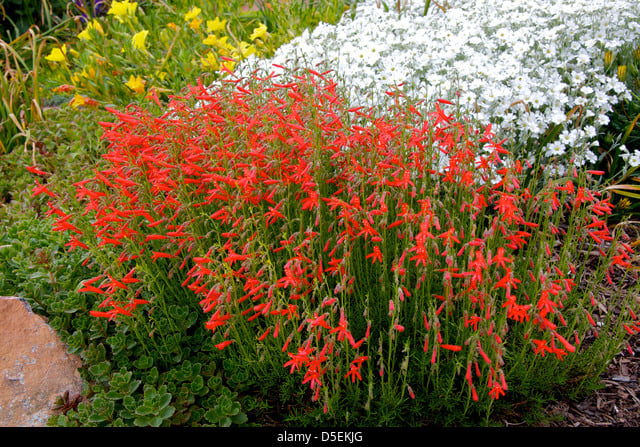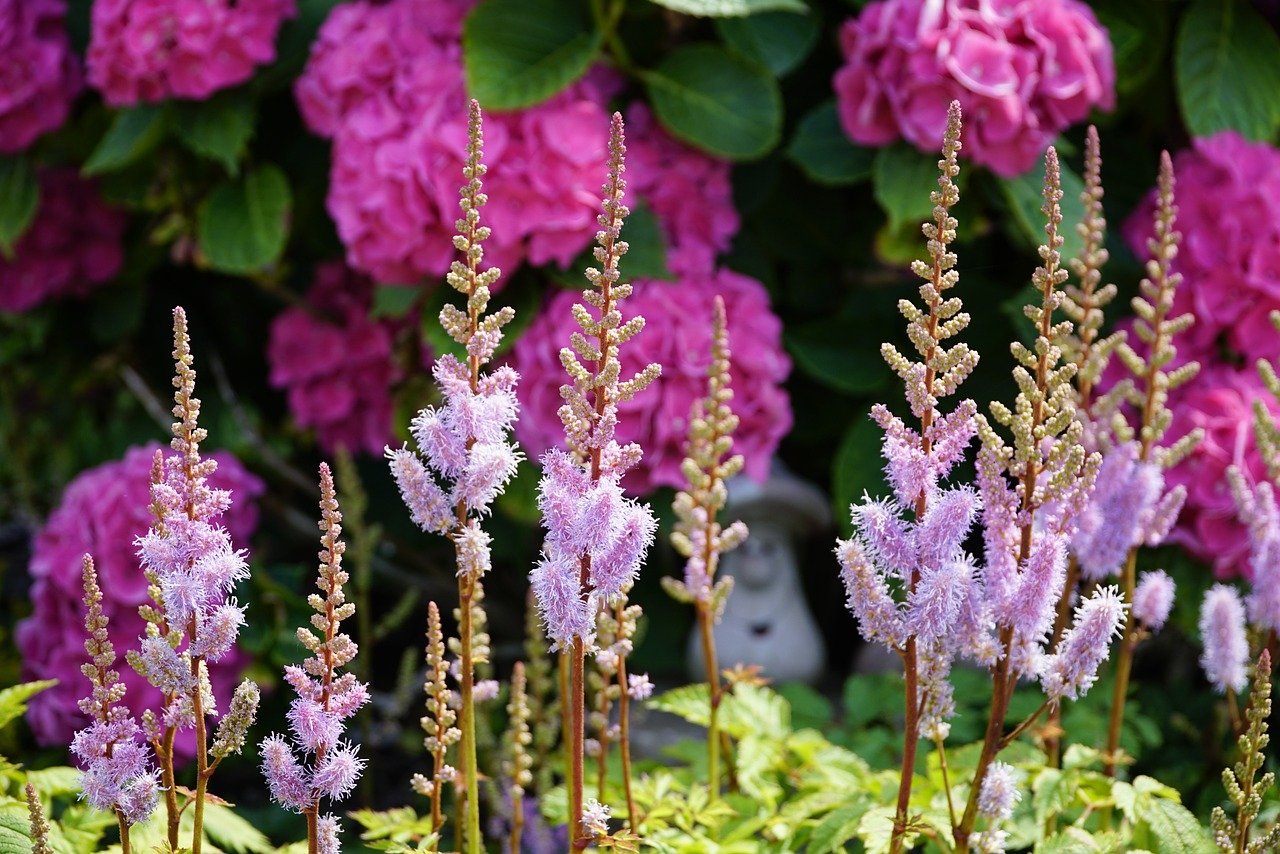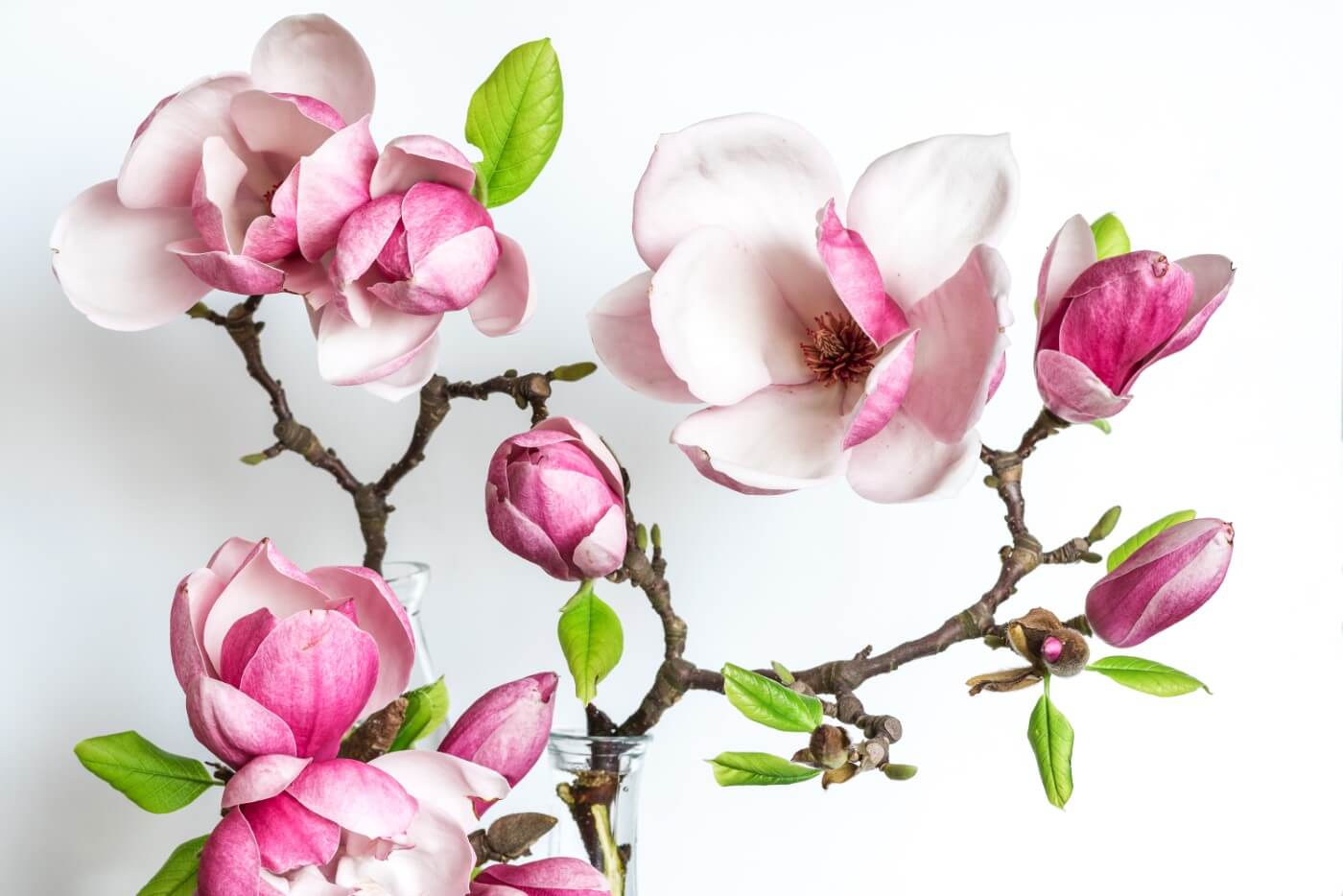How to Grow and Care for Berberis ‘barberry’ Plants [UK]
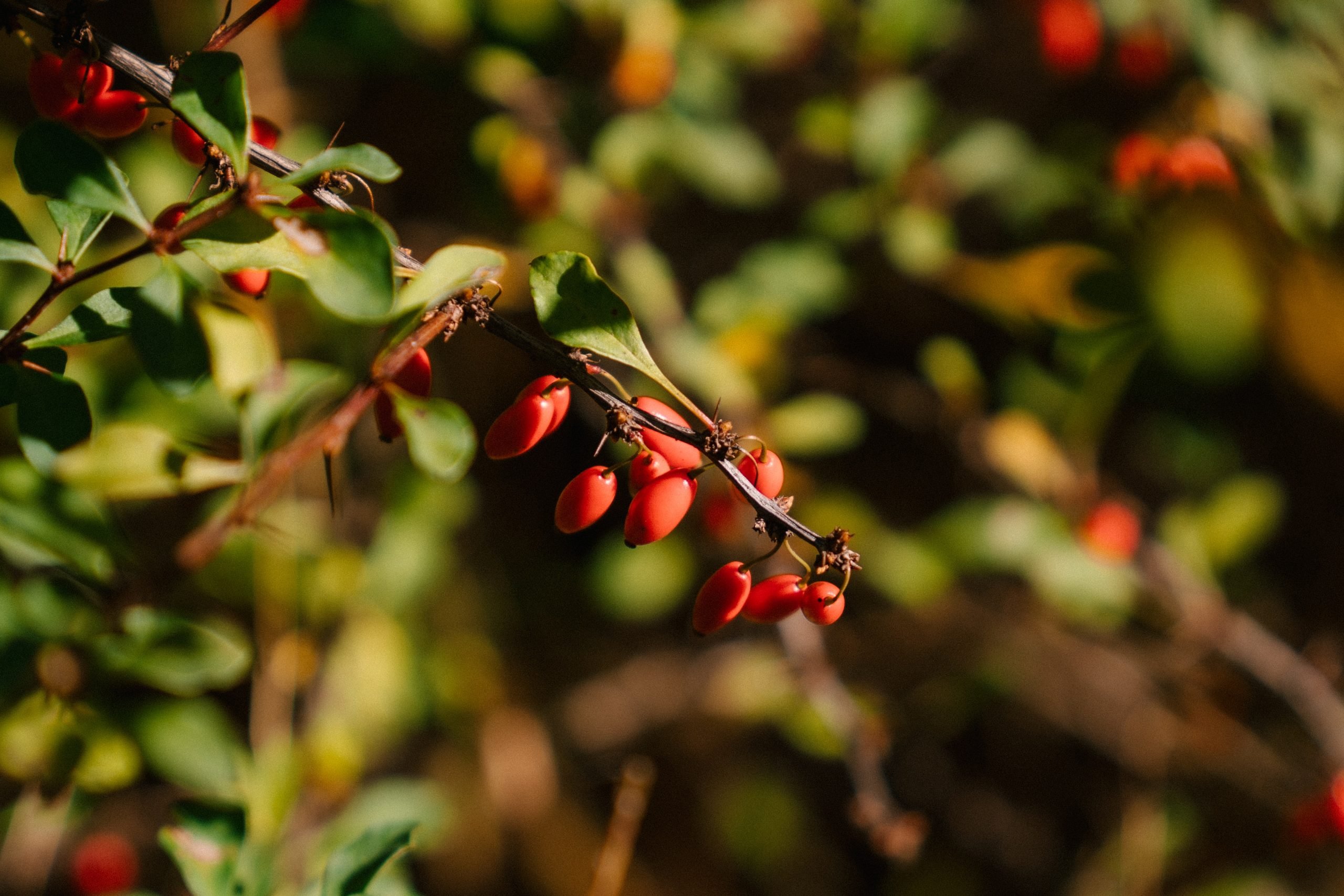
Table of Contents
If you are looking for a low-maintenance, colourful, and versatile shrub to add to your garden, then you have to look no further – the Barberry Bush is your answer. This adaptable plant, which has over 400 recognised species, is a favourite for aesthetically pleasing gardens and landscape designs because of its broad variety of colours, shapes, and growth habits.
Barberry bushes are adaptable, easy to grow, and can thrive in a range of climates and soil types. Several species of them produce vibrant flowers and berries, and they are well renowned for their lush greeneryand year-round garden appeal. Some barberry species have thorns and may become invasive in some areas, so pick carefully and verify local rules before planting.
In this article, you will get all the necessary information on growing and caring for barberry bushes, including planting tips, maintenance requirements, and pruning techniques.
What is Barberry?
Barberry – the versatile and evergreen shrub that yields both red berries and yellow flowers. It’s like the Swiss Army knife of the plant world. If you’re in the market for some foundation plantings that can handle different growing conditions, then barberry bushes are adaptable and reliable, and they make great company for hydrangeas and boxwoods.
- Barberry bushes have an upright, columnar growth habit that makes them perfect for framing doorways.
- Talking about the foliage, starting in early spring, the green leaves of the barberry bush start to turn orange or red, providing a beautiful contrast to any landscape.
- They’re deer-resistant, which is great news for anyone tired of seeing their plants munched on.
- Barberry bushes are considered invasive in parts of the Northeast and Midwest.
- The yellow flowers are poisonous, so keep them away from your pets.
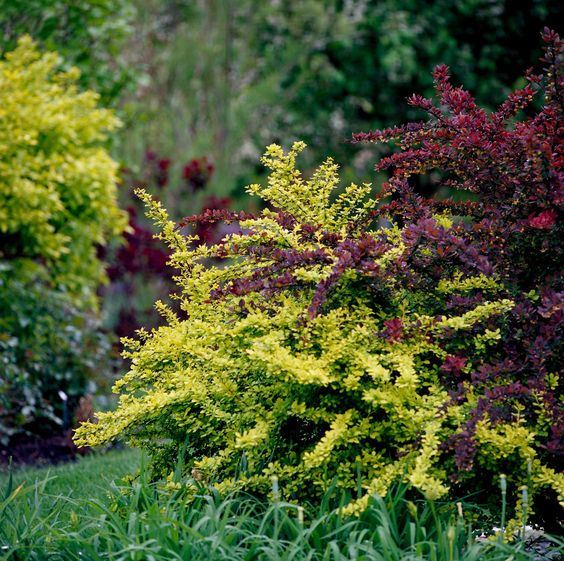
Let us get some quick and scientific facts about Barberry Bushes:
- Plant type: Deciduous and evergreen shrubs
- Mature size: 2-10ft (60cm-3m)
- Soil type: Loamy Soil, or the one that is not parched
- Soil pH: Any
- Time of year to plant: Spring, fall
- Flowering time of year: Spring
- Flower colour: Yellow, gold, orange
- Hardiness zones: USDA 4-7 (UK H5-7)
- Scientific name: Berberis
- Common name: Barberry
Growing Barberries Tips
Growing barberries can be a great addition to your garden as they are easy to grow. The easiest way to get started is to purchase a young plant at your local nursery or garden centre and transplant it to your garden early or late in the season. So, try it out today!
Barberries are robust plants that are perfect for use as a privacy screen, and they can even be grown in containers. They are very adaptable to a wide range of soil types, and they can tolerate urban conditions, such as heavy pollution and salt spray from roadways.
Here are some tips on how to grow barberries successfully:
1. Plant in Full Sun or Partial Shade

Barberry bushes should be planted in full sun or in places with partial shade. The warmer the growing zone, the more shade you should provide your plants to prevent the leaves from drying. Barberries are rare as they grow well in both full sun and the shadow of deciduous trees, yet they produce better-looking leaveswhen exposed to at least some sunlight.
2. Choose the Right Soil
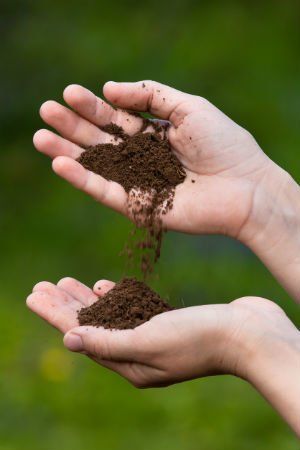
Barberries may grow in both humid and dry soils, and they grow in any soil that is not continuously wet. These plants may grow in a range of soil conditions, but they preferloamy, well-draining soilwith a pH of 6.0-7.5. They grow well in less rich soils, but under poor circumstances, they may not branch correctly and develop a thin appearance.
3. Add Organic Mulch
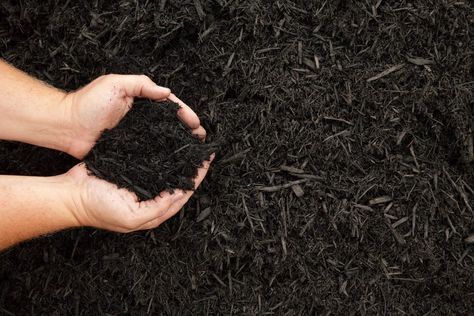
A three-inch layer of organic mulch, such as wood chips or straw, applied at planting time can help maintain moisture and prevent weeds while the young shrub creates strong roots. You have to use the mulch soon after planting, and it has to be reapplied once a year, ideally just before the beginning of winter, to protect the roots from freezing temperatures. To avoid rot, you have to keep it approximately an inch away from the stem. As well, fertilising is not usually required.
4. Consider Container Gardening
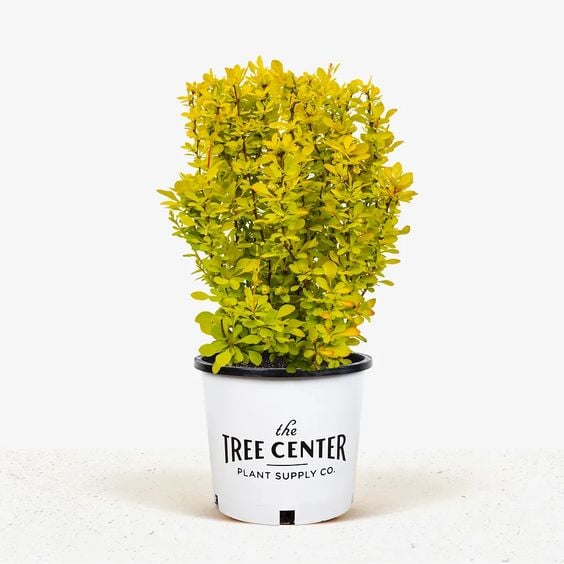
When it comes to your landscaping needs, it can make sense to grow this plant in a container. The container should be around eight inches wider in diameter than the plant’s root ball. The soil should be wet yet drain properly. To aid drainage, use a container with drainage holes and a porous potting mixture that includes pumice or perlite. Barberry bushes should be repotted when they become root-bound and checked for excessive roots every year. Every two to three years, repot to induce new growth and ensure nutrients reach the root system.
5. Propagate
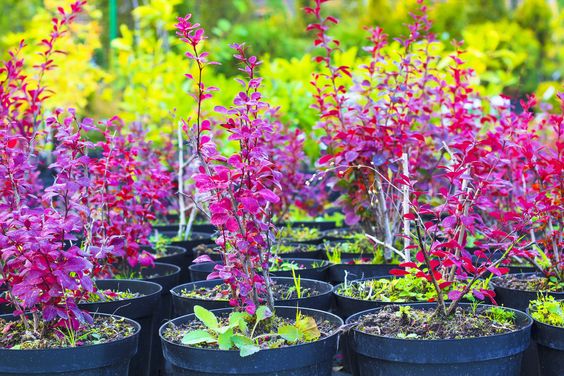
The majority of people buy a barberry bush to plant in their gardens. But going the other way around, you can propagate existing plants (perhaps in the garden of a friend or neighbour) by taking semi-ripe cuttings in late summer or autumn. Once the root systems have formed, cuttings should be taken as usual and planted in their final growing positions. Barberry shrubs can be propagated through cuttings, seeds, or transplanting, but success rates vary. Bending larger branches down to the ground and detaching pieces with roots can also work.
Barberry Shrubs Care and Nurture
Barberry is a low-maintenance shrub that doesn’t require a lot of care. However, there are some tips that can help you keep your barberry bushes healthy. Here are the key takeaways:
1. Light
Plant barberry bushes in full sun or partial shade, depending on the temperature of your area. In warm areas, barberry plants need shade to prevent the leaves from drying. If you are planting your barberry in full sun, make sure to keep the soil moist, as the plant may require more water to grow well. On the other hand, if planting in partial shade, ensure that the plant gets enough light to promote fruiting.
2. Soil
Barberry plants demand well-drained soil with a pH of 5.5 to 6.5. You need to make sure the soil is not wet since this might cause root rot. To increase the structure and fertility of the soil, you can add organic materials such as compost or well-rotted manure. If the soil is excessively alkaline, you can reduce the pH by adding sulphur or iron sulphate. Barberry plants may grow in a variety of soil types, including sandy, loamy, and clay. However, they grow in fertile, loamy soils.
3. Water
To keep your barberry plant healthy and growing, you must maintain a balance of soil moisture and drainage, as well as soil fertility and pH level. Watering barberry plants on a regular basis is essential, especially during the first year after planting. Once planted, regularly check that the soil is evenly moisturised or damp but not soggy, as these are drought-tolerant and can survive dry weather. Do not forget to water the plants on a regular basis.
4. Temperature and Humidity
The places that have cool temperatures rather than hot and humid conditions are good for barberry shrubs, but regions that experience frost and freezing temperatures are not recommended. If possible, protect your plants from the high winds.
5. Fertilizer
Fertilization isn’t an option until and unless the soil is very poor. However, adding some mulch to young plants keeps moisture in the soil. Aphids and webworms may invade your barberry bushes. If this occurs, you have to apply a gentle insecticidal soap or spray to manage infestations.
6. Pruning
Prune only two or three of the longest branches by cutting them down in half. It encourages new growth from lower down on the plant while maintaining the autumn fruit. Trimming may be required on occasion. Pruning is not required for most kinds, so keep it to a minimum. Pruning is not required for most kinds, so keep it to a minimum.
Types of Barberry Bushes
There are over 400 varieties of barberry shrubs to choose from, all with unique attributes and easy care needs. Some are better suited to warmer or colder climates, vary in colours, and can be larger or smaller in size. This means that there is a barberry shrub out there for every garden, no matter your preferences or growing conditions.
One popular variety is the Common Barberry (B. vulgaris), which can grow up to eight feet in height and six feet in width when mature. Its yellow flowers in spring lead to red fruits in late summer, and it also has thorns. Remember always to do your research and consult with a professional before making any planting decisions for your garden.
To get started, here are just a few popular varieties of barberry shrubs to consider:
1. Japanese Barberry
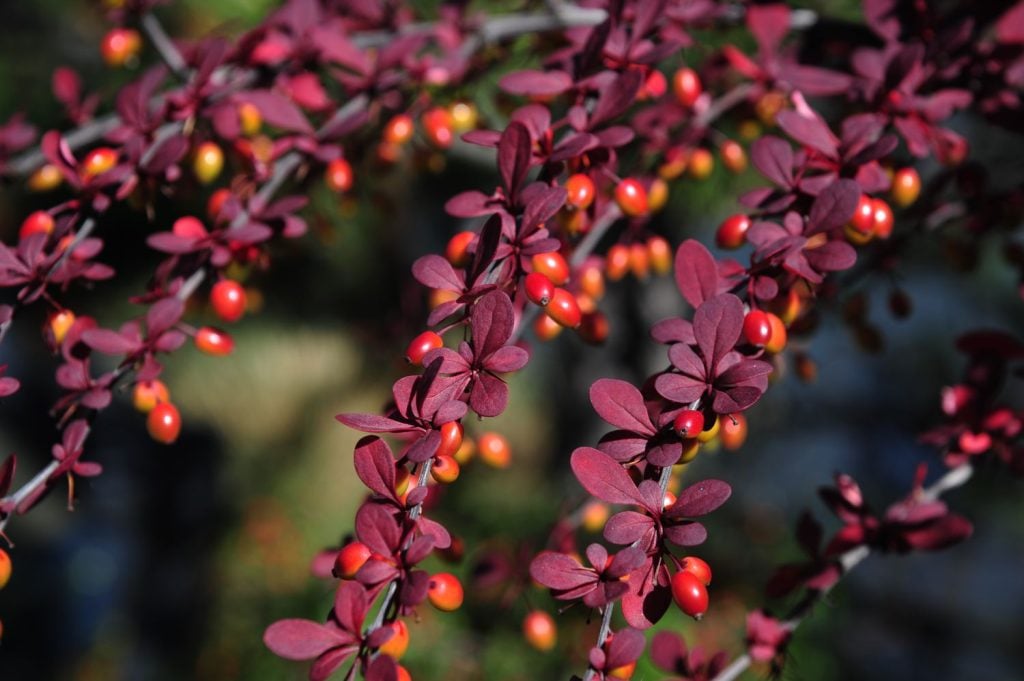
There are many varieties of deciduous barberries, but most of them are varieties of Berberis thunbergii. Japanese barberry (Berberis thunbergii) is a popular shrub in landscaping that grows from 3 to 6 feet tall. This species is highly adaptable, with bright green leaves that change to orange-reddish in the blooming season. The foliage may be green, reddish-purple, or golden yellow, sometimes speckled or edged in yellow or white.
2. Wintergreen Barberry
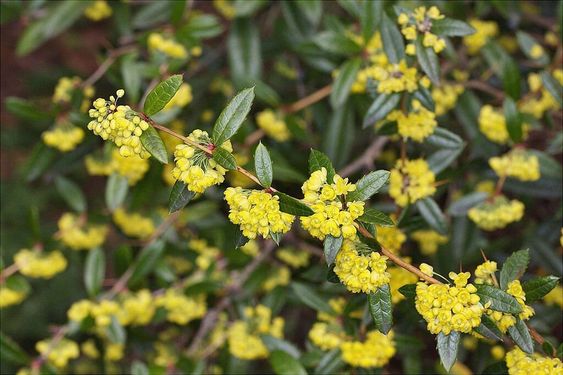
Wintergreen barberry (Berberis Julianne) is an evergreen shrub that can grow up to 10 feet tall with thorny branches. Due to its thorns, it’s best grown as a hedge or barrier where it won’t come into direct contact with people. This plant has dark green leaves that turn a lovely wine-red or bronze over the winter months before producing delicate yellow flowers and green foliage in the spring. Oval in shape and bluish-black in hue, its winter fruits stay on the shrub throughout winter. The thorns can be a hazard, so it’s best to plant them in an area where they won’t pose a danger.
3. Mentor Barberry
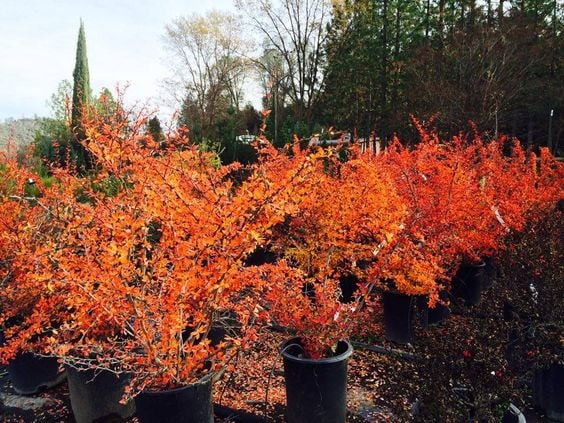
In warmer climes, the Mentor barberry (Berberis x mentorensis) can remain evergreen; in colder temperatures, it loses its leaves. It produces tiny spring flowers and brittle leaves that turn bright orange or crimson in the autumn but no winter fruit. It is a hybrid of B. julianae and B. thunbergii and was named after the place where it was hybridized, in Mentor, Ohio. The shrub can grow up to five to seven feet tall and has an upright growth habit. It is hardy in Zones 5-8 and has sharp thorns that can deter deer. This species is a good option for areas where other types of barberry are considered invasive, as it is typically sterile.
Where to Plant the Barberries?
Barberries are strong and hardy plants that can grow well in various conditions. Ideally, they should be planted in a spot where they can get plenty of sunlight, as this will make them grow better and give them a more vibrant colour. However, they can still thrive even if they get partial sun. It’s important to plant them in soil that drains well, as their roots don’t do well in overly wet soil.
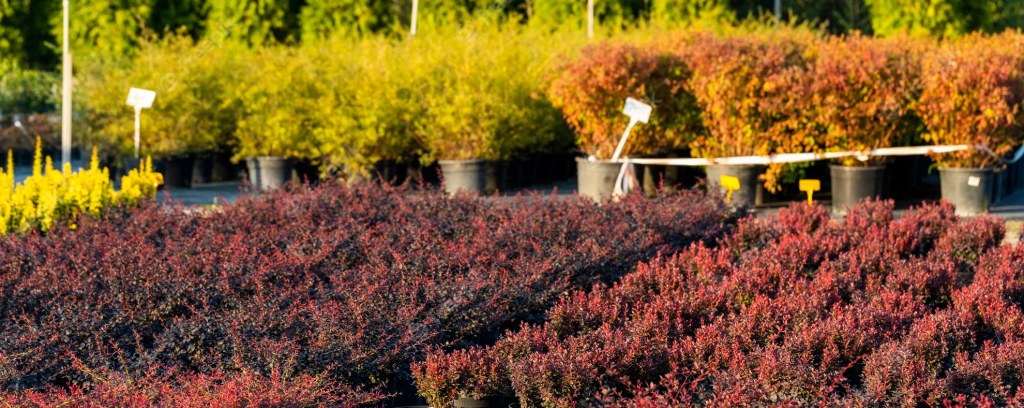
One great thing about barberries is that they can tolerate tough conditions like heavy pollution and salt spray from roads, which makes them a great option for gardens in urban areas.
Note: Despite being widely planted in the past, barberry shrubs are now regarded as invasive in the northeastern United States, from Maine to North Carolina and west to Wisconsin and Missouri. Consult your local agricultural extension before growing a barberry.
Wrapping Up!
Barberry bushes are ornamental addition to any landscape, offering colour and texture. They are low-maintenance shrubs that can thrive in various soil types and garden habitats.
They boast vibrant foliage that adds aesthetic appeal, while their sharp thorns make them an effective pest and animal repellant. This makes them a perfect choice for gardeners who want a hassle-free and visually appealing plant.
So, whether you’re looking to add some flair to your front yard or spice up your garden, the barberry is an excellent choice that will undoubtedly captivate your attention throughout all four seasons.

